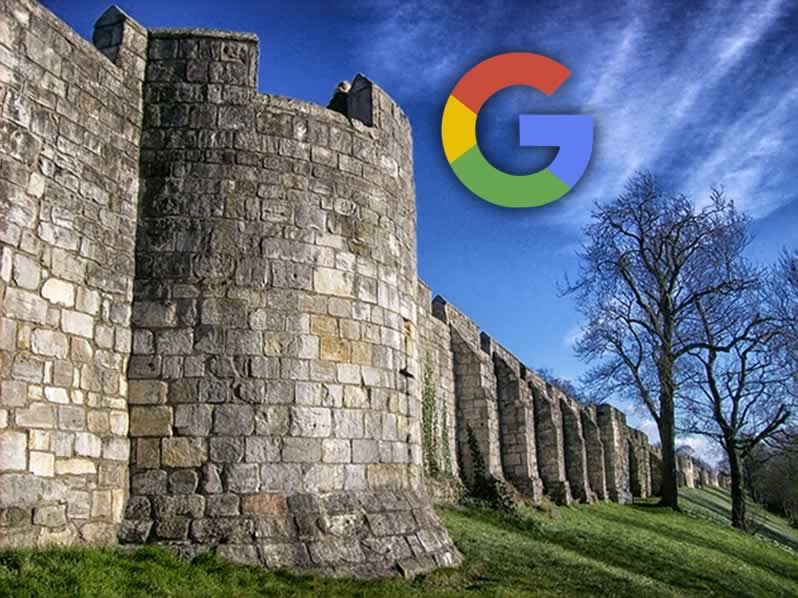Google’s Privacy Walled Garden Will Help Services Like Stirista ID Graph Thrive
Google’s Privacy Walled Garden Will Help Services Like Stirista ID Graph Thrive

What if marketers had access to an identity graph that updates in real-time using billions of transactions that give them access to hundreds of identifiers across millions of online, offline, social, and household personas?
Ajay Gupta, Stirista CEO, calls it OMNA Identity Graph — a way to support ad targeting as cookies and mobile ad IDs are phased out.
The ID graph began as an internal tool to improve on Stirista’s match rates. “We wanted a dataset built largely of first- and second-party data that we could trust, rather than relying on third-party data we’re not sure of the quality,” Gupta said. “We know the source of the data. It has also been detailed time-stamped.”
Gupta said the platform is not dependent on large publisher networks where the company must place tags that might disappear next year based on privacy changes spearheaded by Apple and Google.
“We’re prepared for a world where third-party tags are no longer used,” he said.
OMNA Identity Graph uses first- and second-party data with more than 500 household attributes. Marketers can use it to onboard first-party data to drive loyalty marketing, particularly in connected TV (CTV) and OTT. Marketers can use location-based segmentation, frequency capping at the household level, and onboarding capabilities. The platform enables marketers to improve on or onboard CRM first-party data, and aims to deliver strong CTV services.
“No one really has enough connected TV IDs tied to either hashed emails, postal addresses or IP addresses,” Gupta said. “The other part focused on building a graph to help target audiences in Hulu or other platforms that provide advertising.”
Stirista built OMNA Identify Graph to enable marketers to onboard data across platforms, from Google to The Trade Desk, and MediaMath. Google only allows marketers to onboard data to map against its own network.

“It’s to Google’s advantage to work in a closed environment,” he said. “The big winners become those with access to large amounts of user data. … Unless they separate their ad business entirely from the data collected about users, it becomes a walled garden approach. Google will use their clients’ data for advertising within its ad network, but not allow anyone else access.”
Stirista’s third-party graph supports companies using multiple DSPs to do media buys, or if they are looking for an in-house solution for attribution. The company combines the data from its demand-side platform, email service provider, and offline data graph. This enables marketers to onboard data to multiple locations simultaneously.
A few clients have licensed the graph, Gupta said. It is built into the DSP, so there is a flat pricing model. Data onboarding, a service that brings offline data online, aims to improve cross-channel marketing insights and attribution.
Stirista’s OMNA Identity Graph offers three choices: the IP Graph with dynamic IP data of more than 90 million households; Device Graph containing more than 1 billion connected devices, and Location Graph with continually updated real-time location intent and movement data.
(19)


